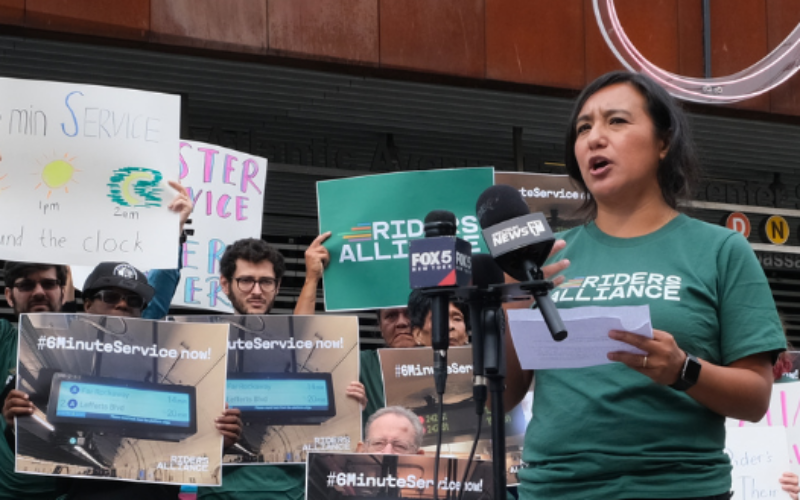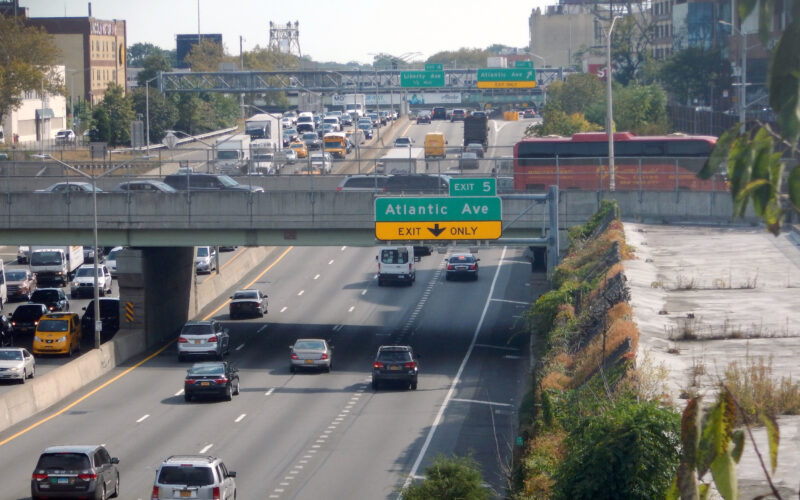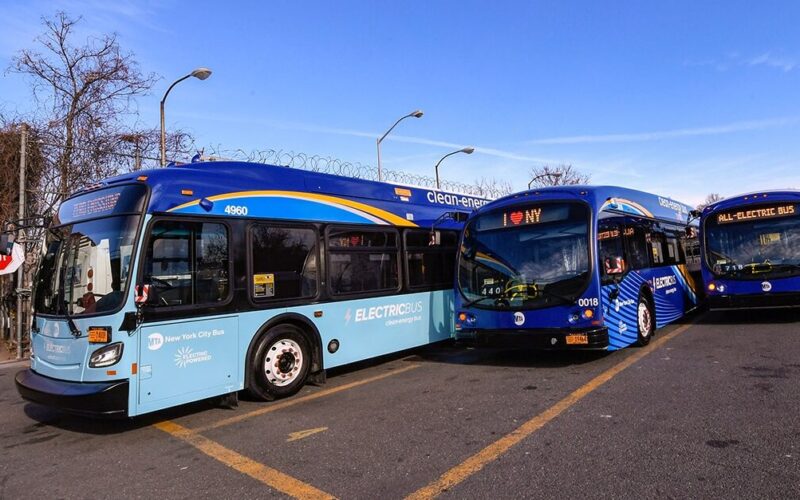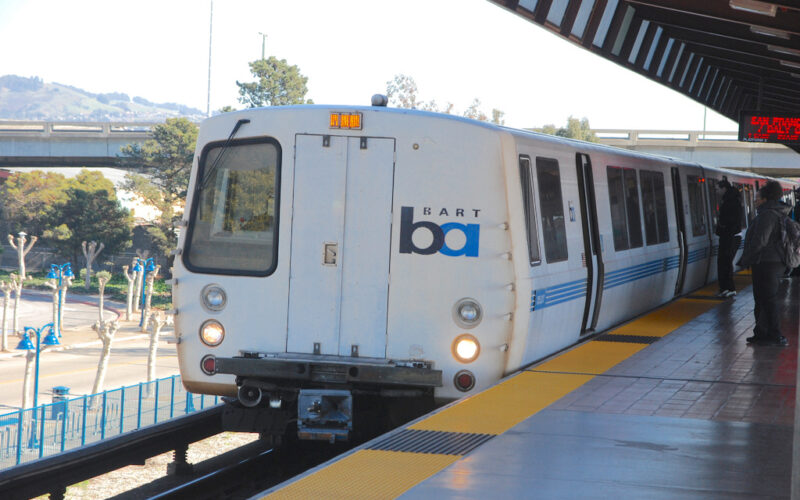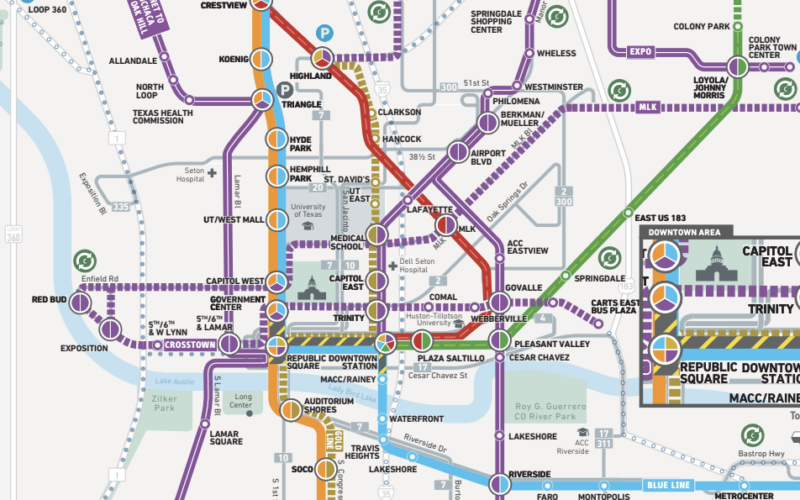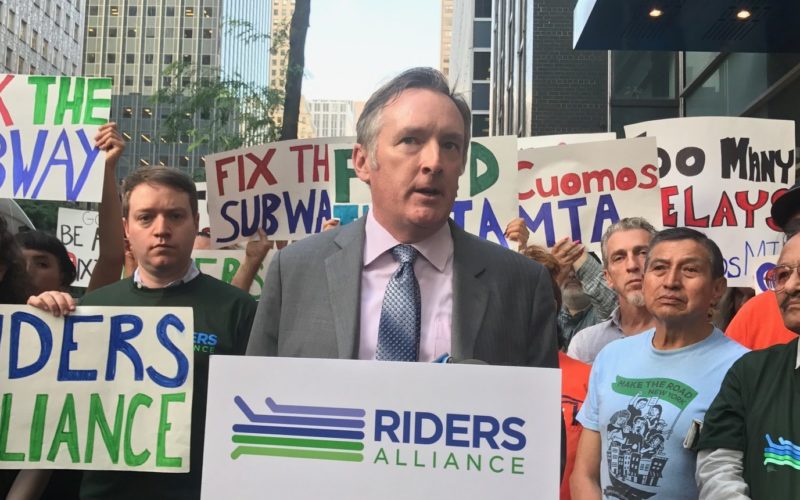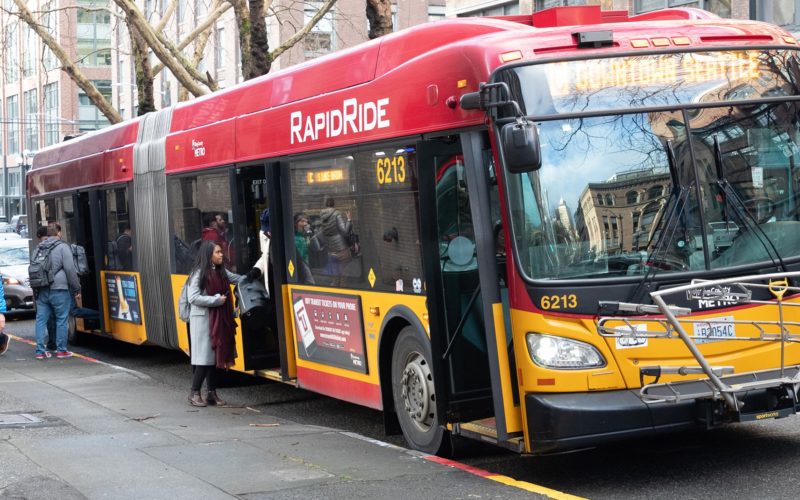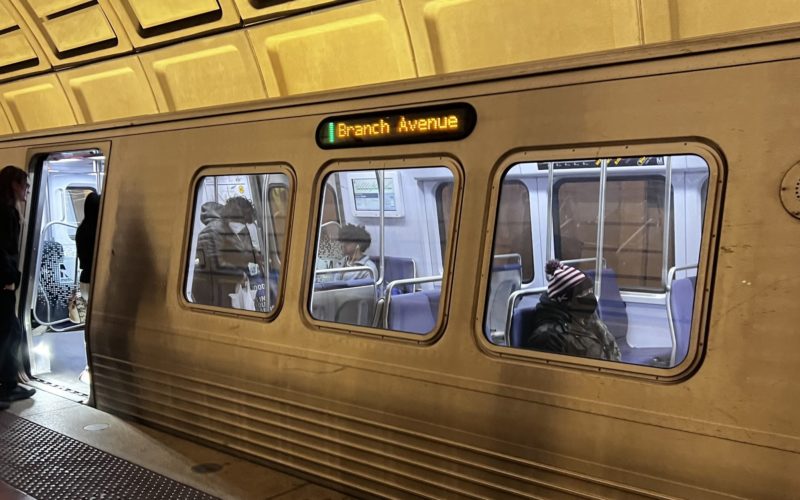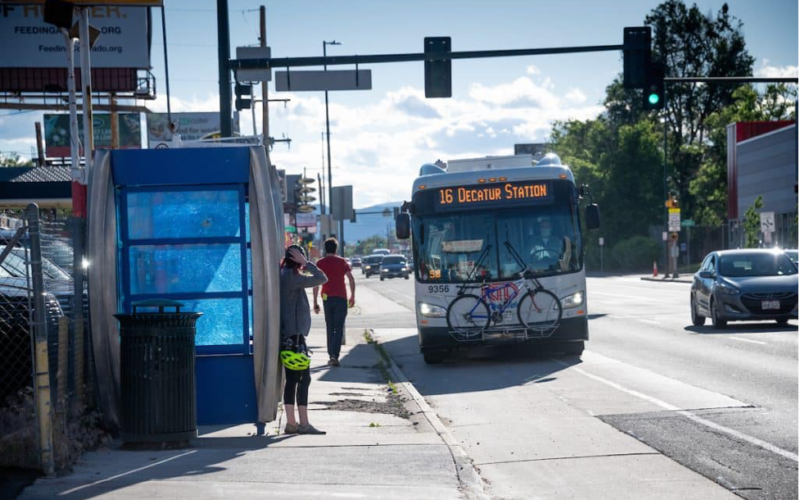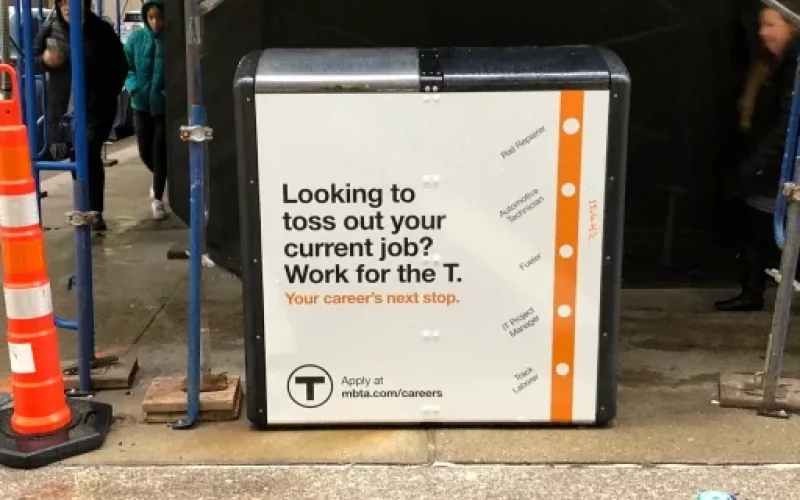TransitCenter’s new report, “People First” examines the current challenges facing public sector human resources that limit hiring and retention, and outlines potential solutions to rethink this critical agency function.
Read MoreThanks to Riders' Alliance successful #6MinuteService campaign, New York City subway riders will enjoy more frequent service on nights and weekends, starting this summer. In this post, we chronicle the group's winning strategies and tactics.
Read MoreWe took a look at two billion-dollar highway expansion projects on the table in the Empire State and suggest other ways to spend the money that both improve people’s lives and help to lower emissions.
Read MoreJordan Neely’s tragic and avoidable death requires that we move beyond policing-only strategies and the demonization of struggling people, and towards a holistic picture of transit safety.
There’s no doubt electric buses are good. But the people who plan, schedule, and operate transit systems are worried about the push for electrification, and for good reason.
Many transit agencies are facing looming budget shortfalls as federal relief money dries up and ridership has stabilized well below pre-COVID levels. Now is the moment to completely rethink how we fund transit.
Read MoreAustin voters approved Proposition A, an 8.74-cent property tax to fund $7.1 billion of planned transit investments in the state capital of the Lone Star State, in November 2020, culminating decades of transit advocacy. Then the real work started
After a 10-year tenure, David Bragdon, TransitCenter’s Executive Director, is stepping down.
Read MoreAs transit agencies grapple with significant ridership losses during the COVID-19 pandemic, many are looking to bring back riders by selling fare passes in bulk to employers, schools, and other large institutions.
Read MoreAs part of our exploration into what our Equity Dashboard reveals about transit access in the seven highest ridership U.S. cities, this blog post takes a deeper look at Washington D.C.
Read MoreThis post was written by guest contributor James Brasuell. Across the nation, many state-level elected officials talk about reducing transportation...
Read MoreA four-part series on the challenges facing the transit industry’s central office workforce. Read parts one, two, and three. By...

